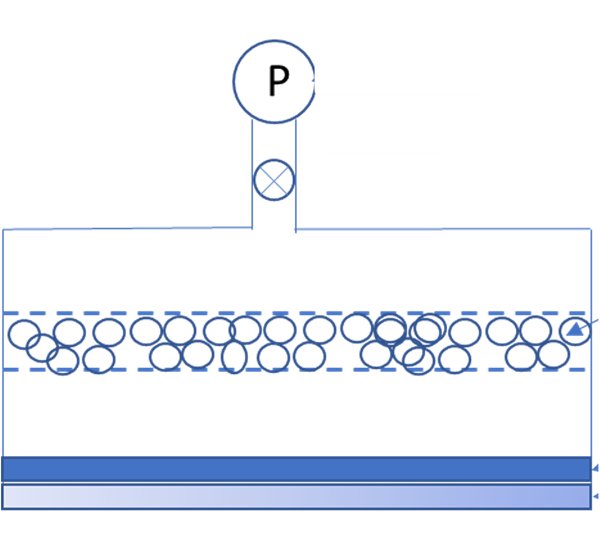Reusable Adsorption Cabin Air Filtration System
Patent Status
| Country | Type | Number | Dated | Case |
| United States Of America | Published Application | 20240131463 | 04/25/2024 | 2022-899 |
Full Description
Background
Drivers and passengers inside vehicle cabins are exposed to high concentration of air pollutants that cause adverse health effects. Estimates suggest that in-vehicle micro-environment contributes approximately 10-15% of people's daily exposure to ultra fine particles and harmful gases such as nitrous oxide (NO), carbon monoxide (CO) and other volatile organic compounds (VOCs). Current cabin air filters aim to reduce penetration of particulate matter only. In charcoal sprayed cabin air filters, the amount of charcoal is not enough to make any significant reduction of VOCs generating in and/or penetrating into the vehicle cabin.
Technology
Prof. Heejung Jung and his co-inventor have developed a novel, reusable cabin air filtration system that reduces both particulate matter as well as VOCs and reactive gases such as ozone (O3) and NO. The filter uses an activated carbon adsorbent in a packed bed housing. Since gases and VOCs will eventually saturate the sorption layer, the invention also provides the ability for renewing the removable adsorption layer via regeneration using steam or other inexpensive methods.

Illustration of the new reusable cabin air filtration system

Illustration of the adsorption layer regeneration system.
Advantages
- The modular design allows for the particulate filter and the adsorbent layer to be separated for easy replacement and/or regeneration.
- The filter removes both particulates and harmful gases such as NO, O3 and VOCs.
- The filtration system can be integrated into either an aftermarket product (for existing cabin air filters) or into new cabin air filter designs.
Suggested uses
Reusable in-cabin air filtration systems for:
- Passenger cars
- Medium and heavy duty vehicles
- Construction and mining equipment
Inventor Information
- Please learn more about Prof. Jung's research.
- Please read recent news coverage about Prof. Jung at UCR.
Contact
- Venkata S. Krishnamurty
- venkata.krishnamurty@ucr.edu
- tel: View Phone Number.
Other Information
Keywords
activated carbon, carbon monoxide, CO, NOx, particulates, cabin filter, VOCs
